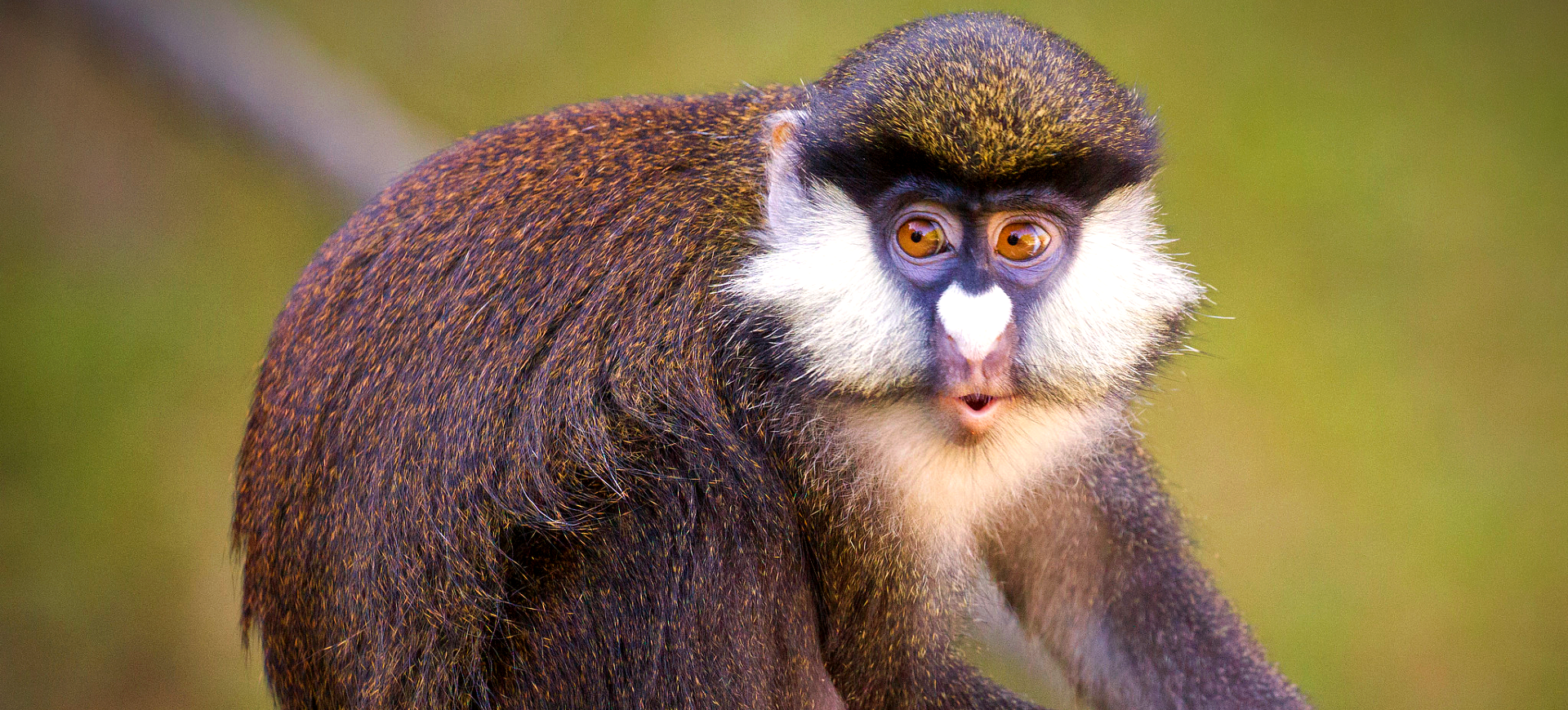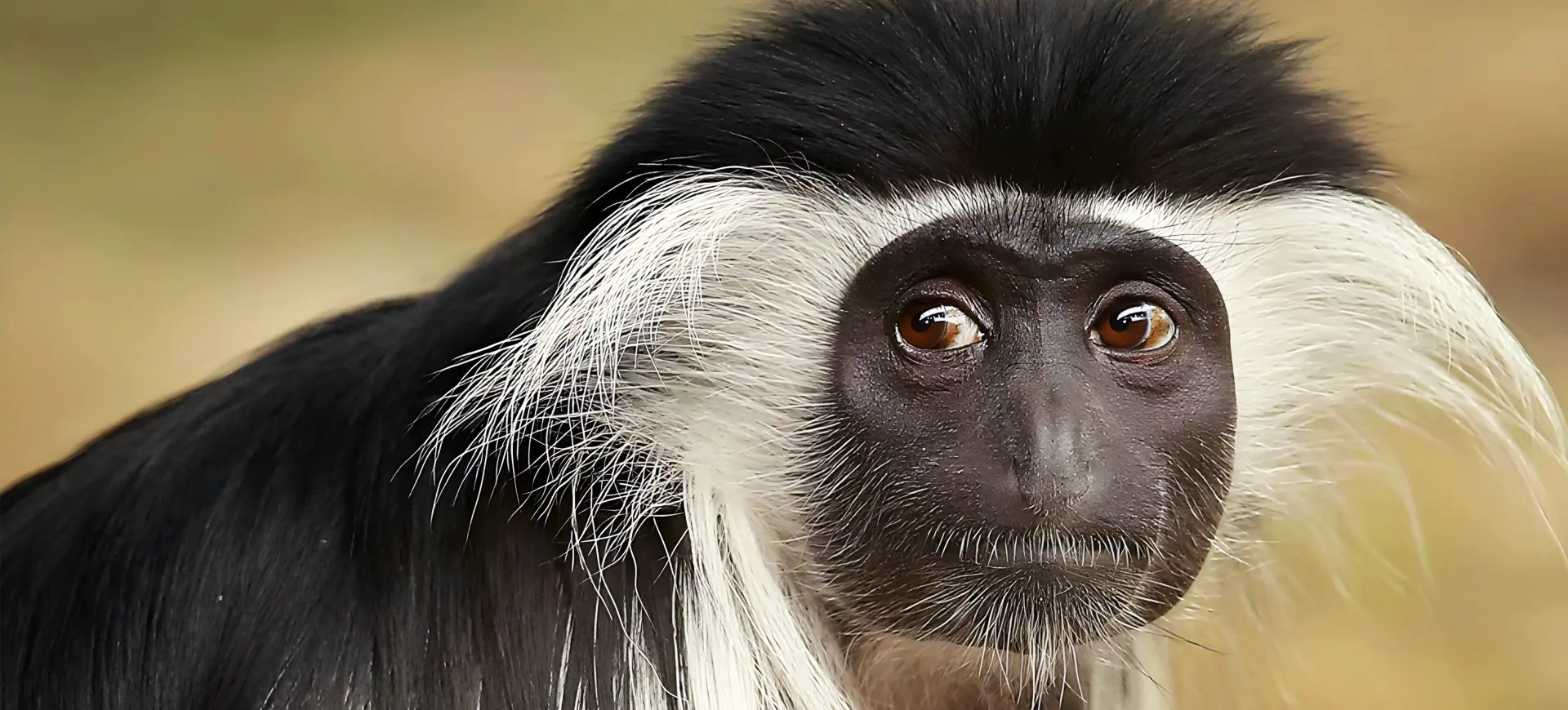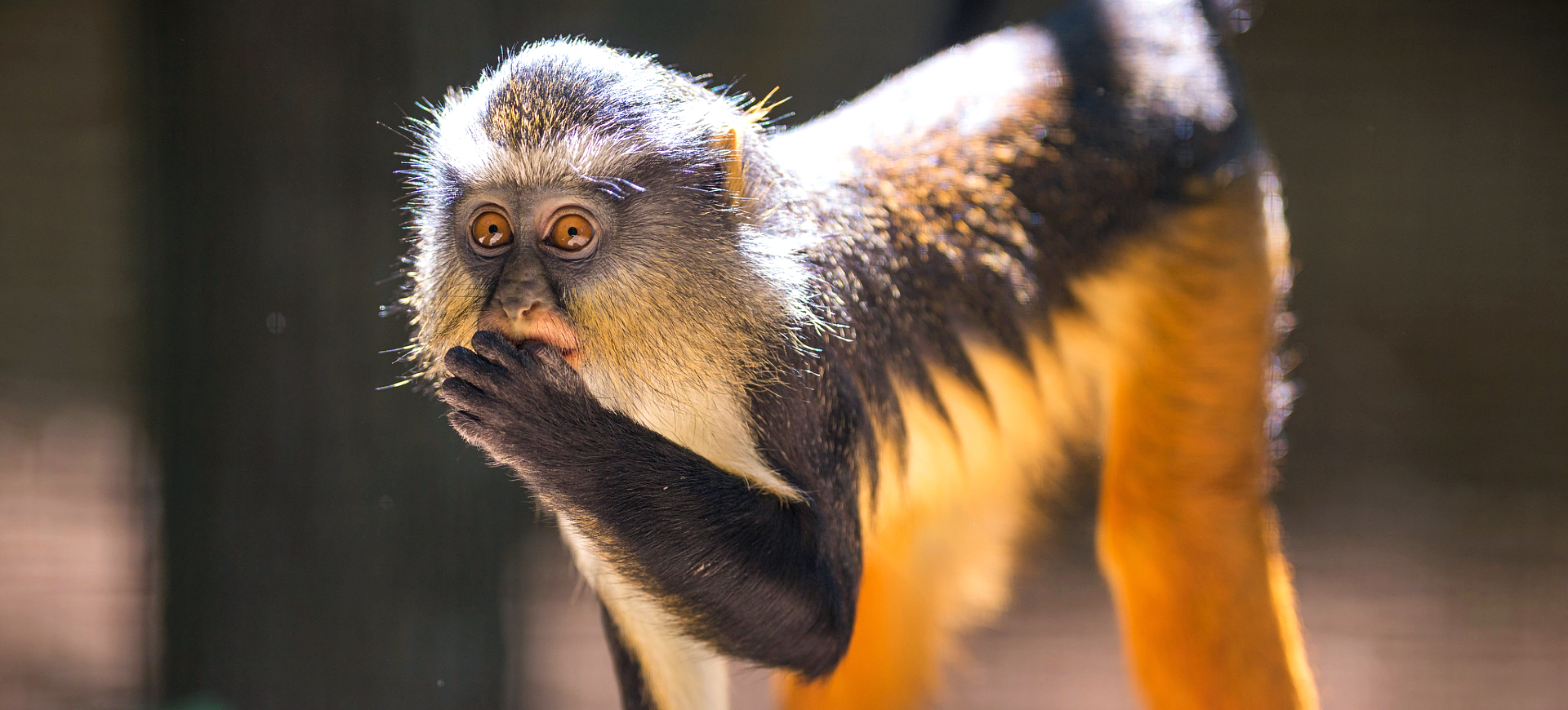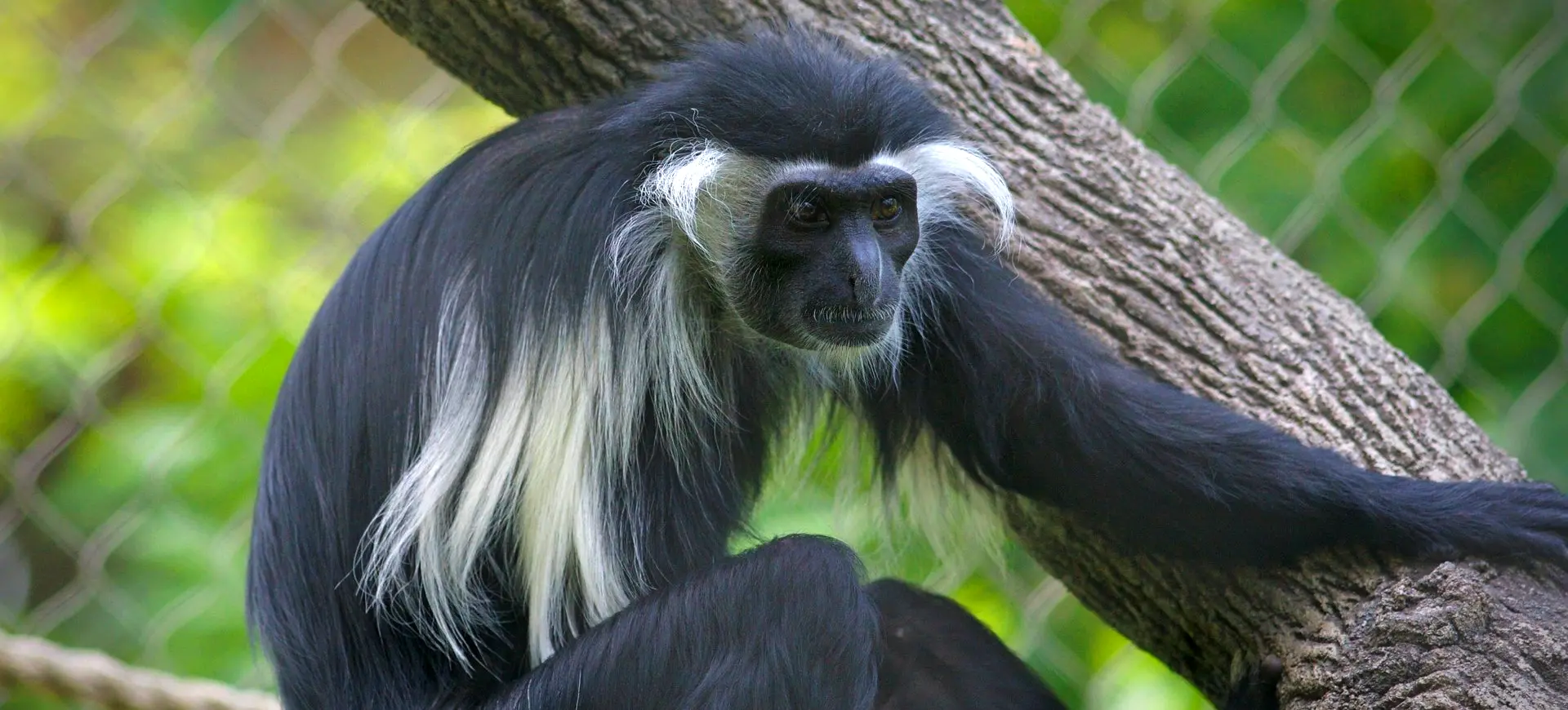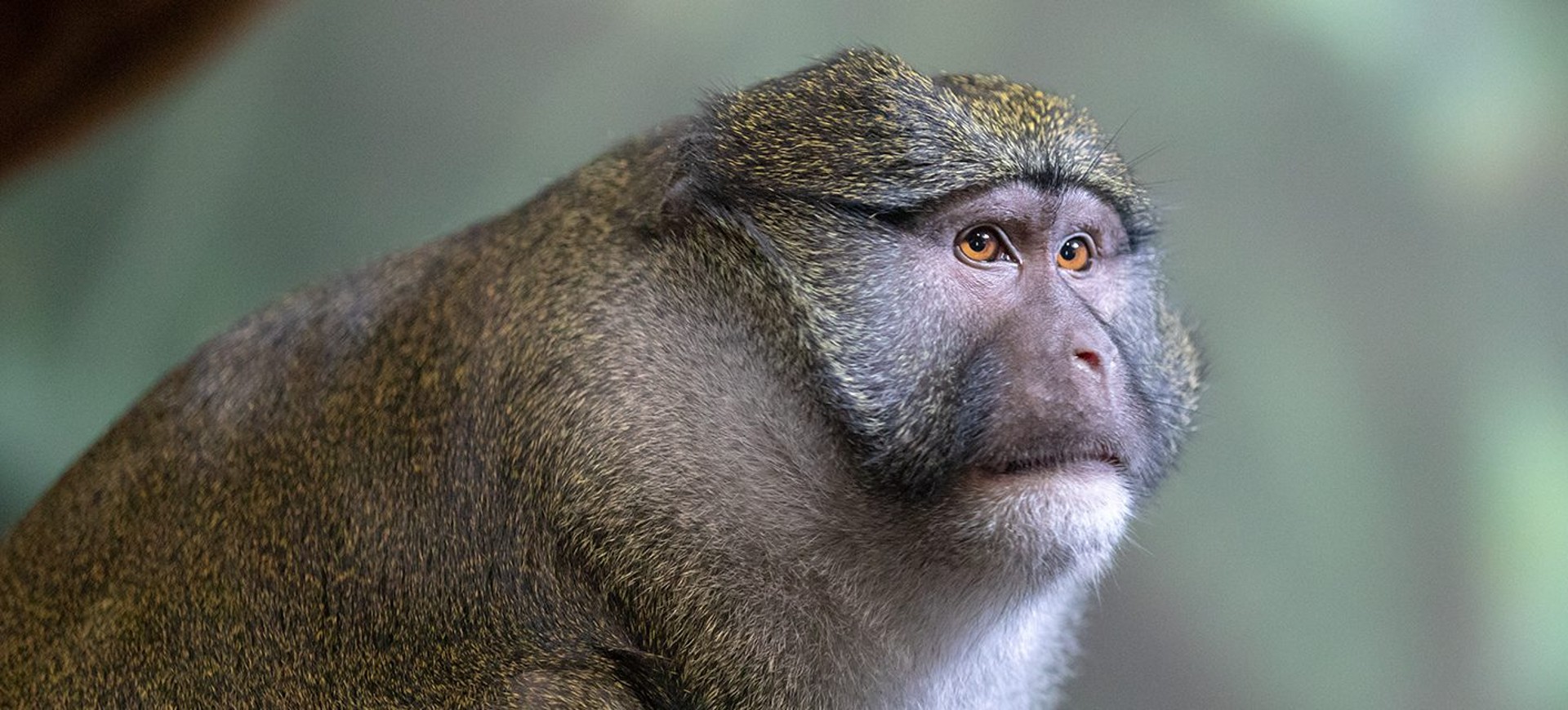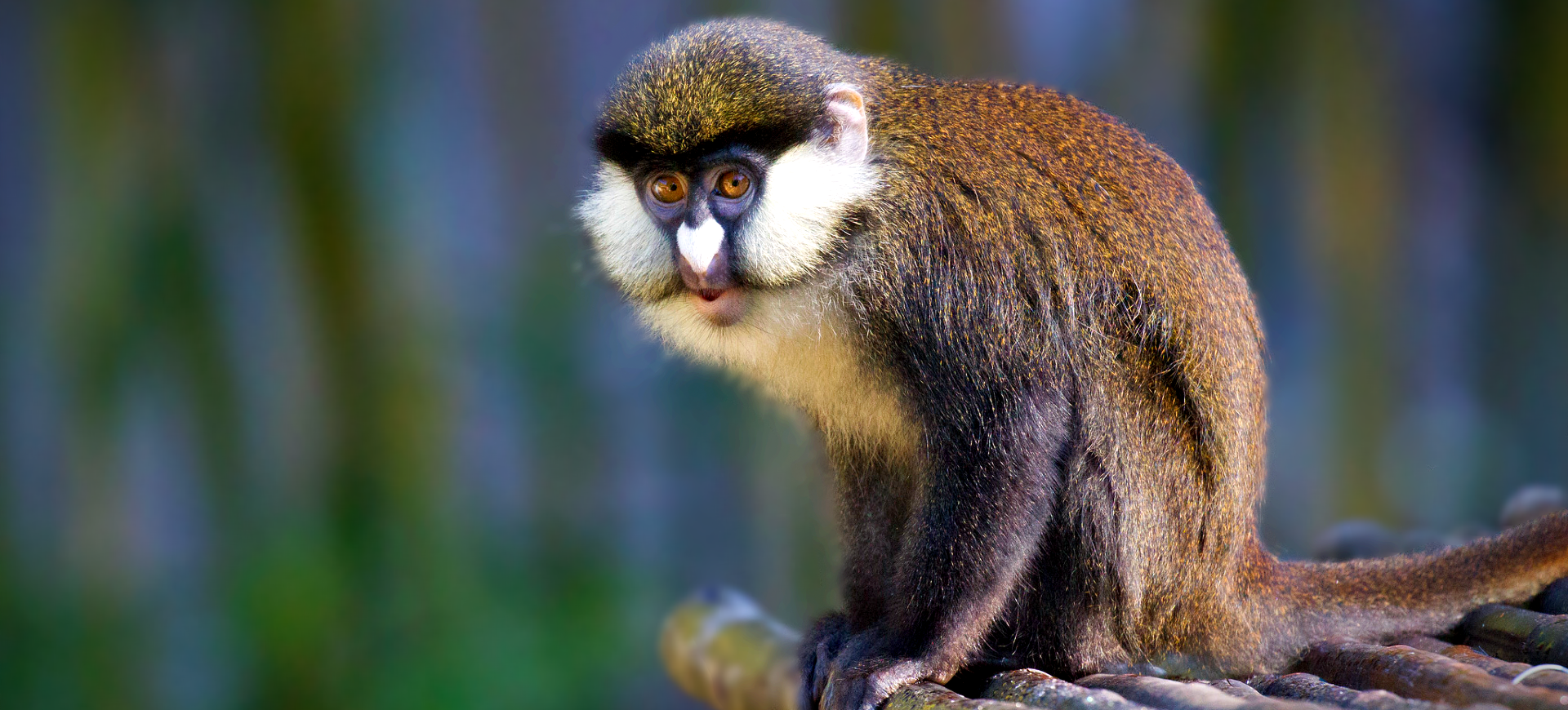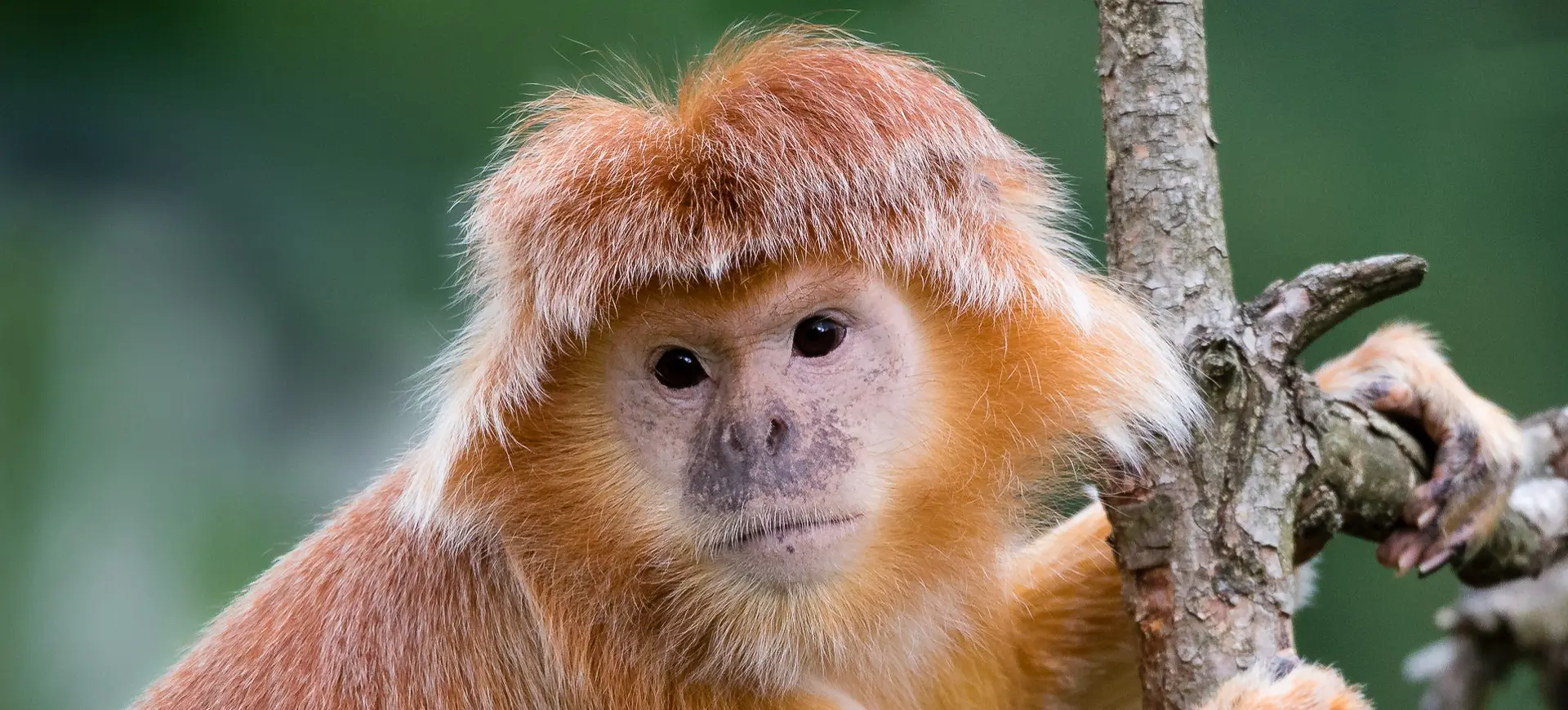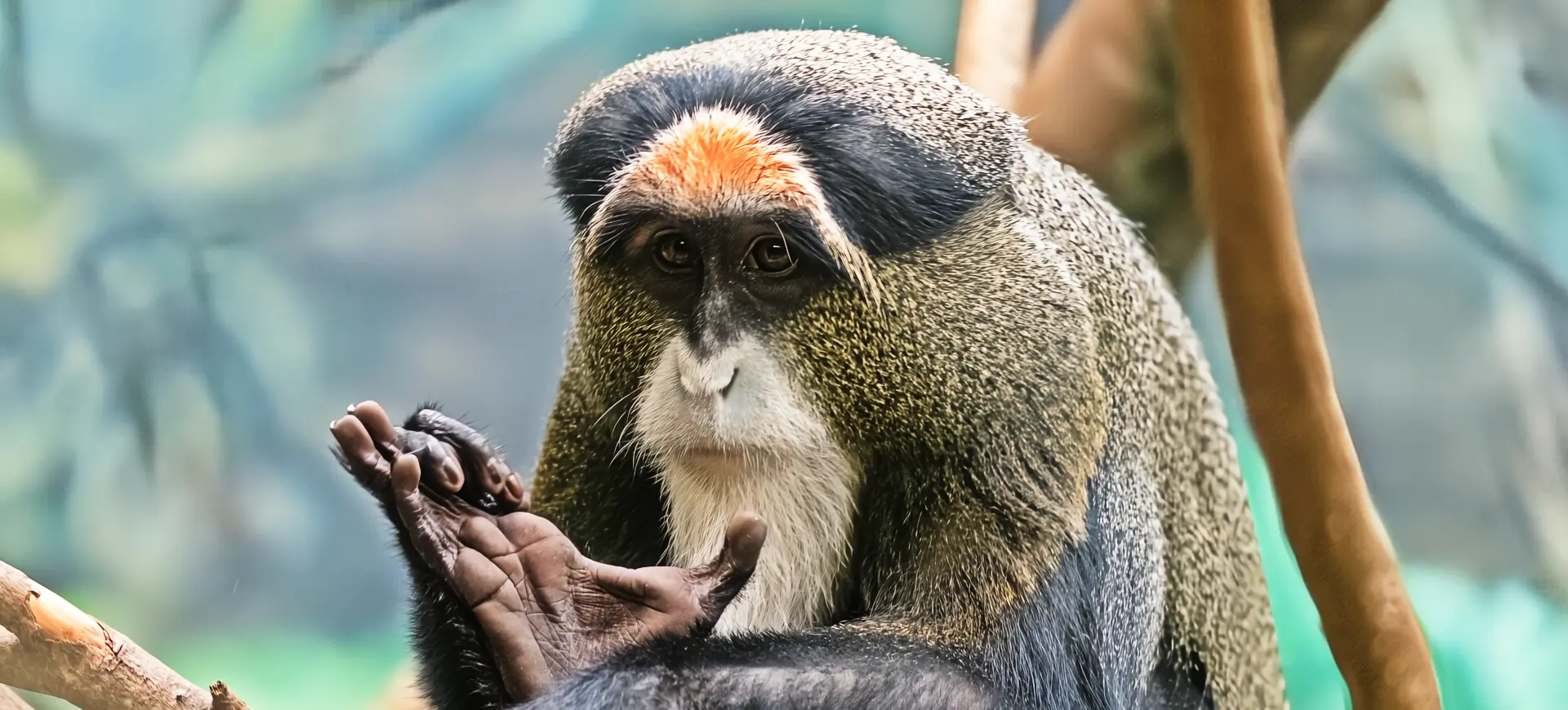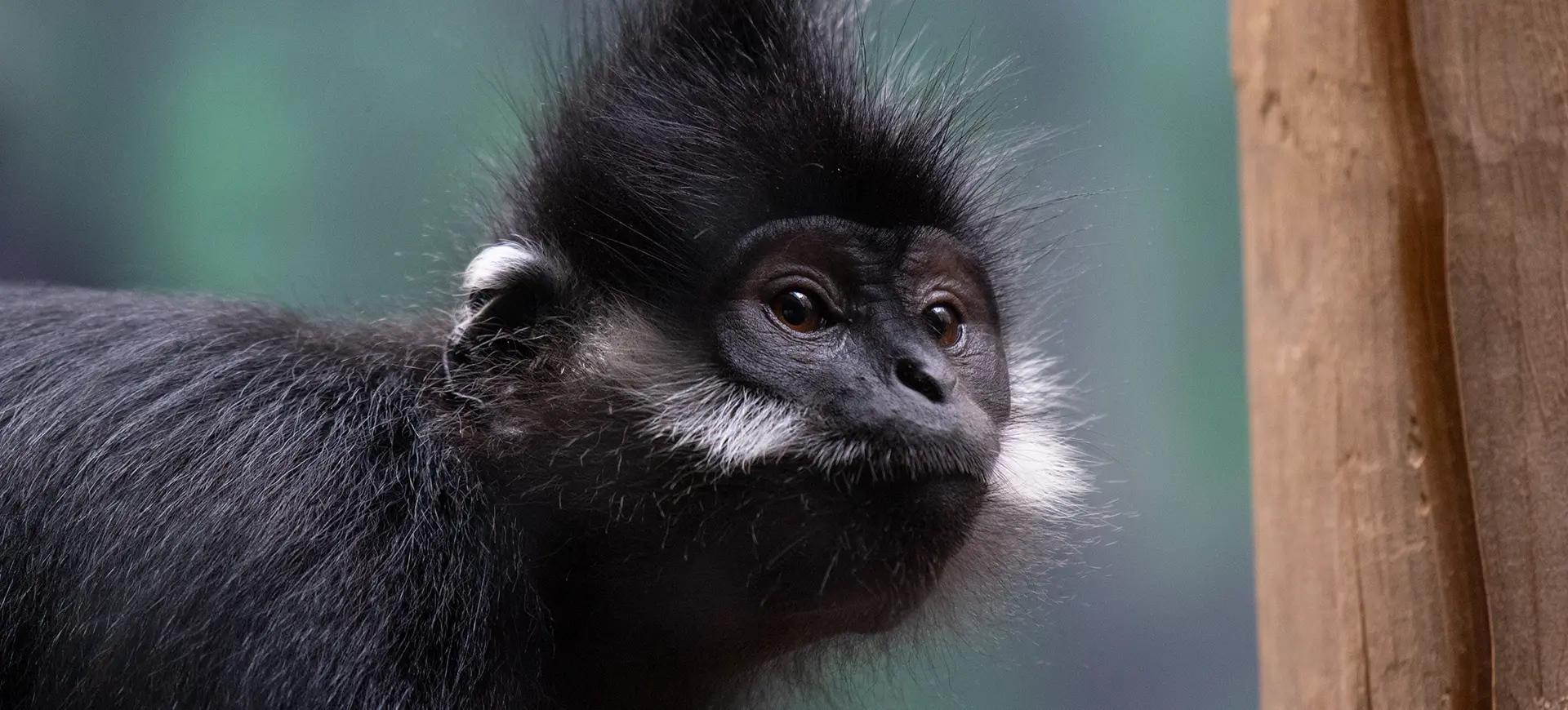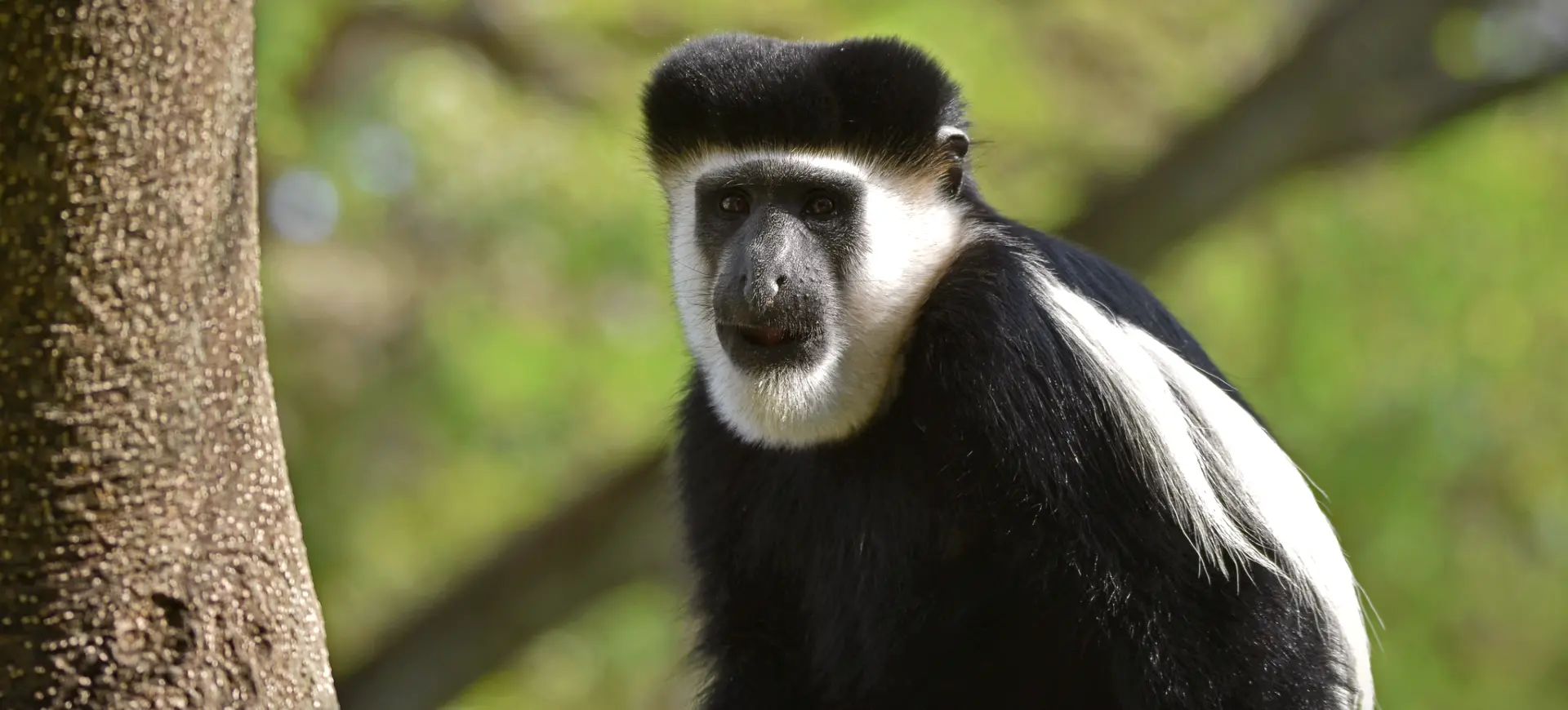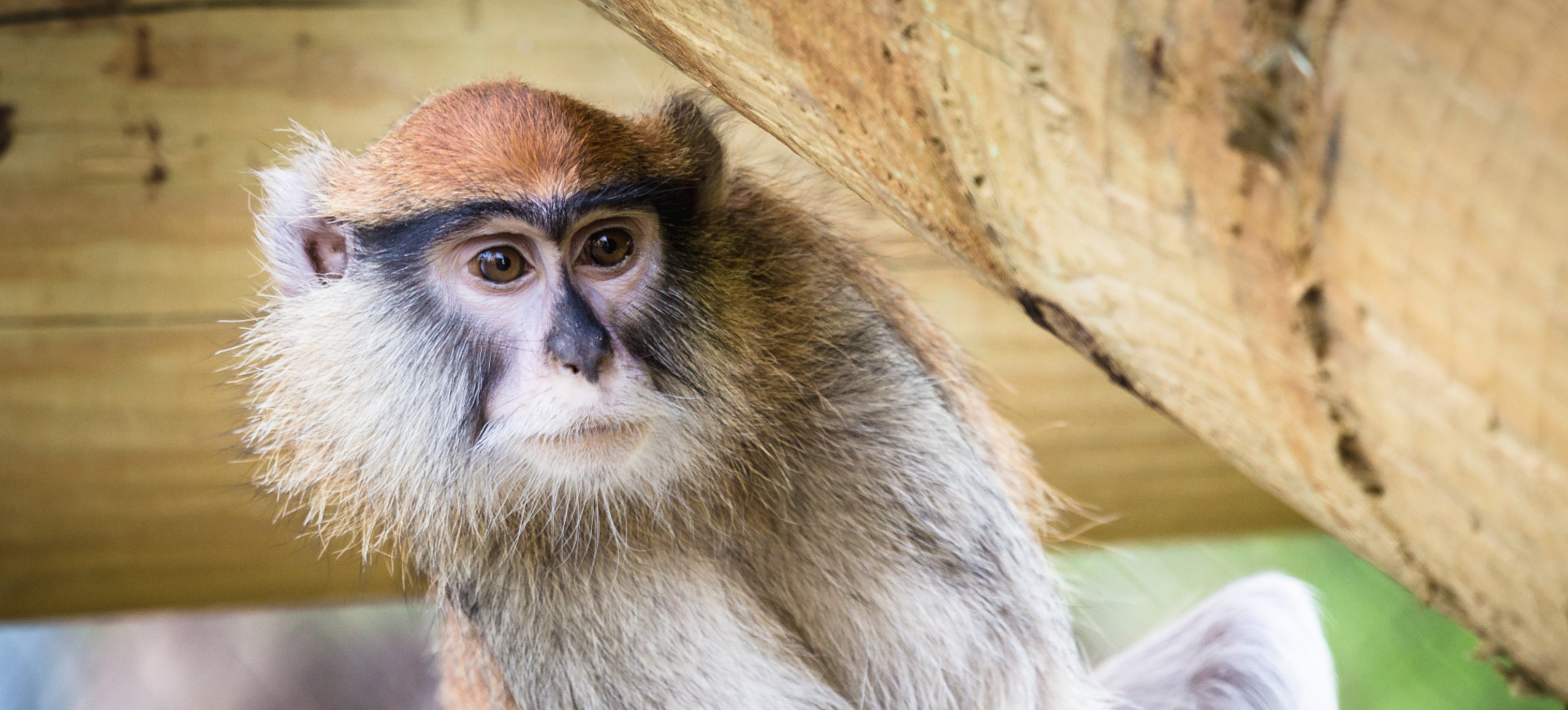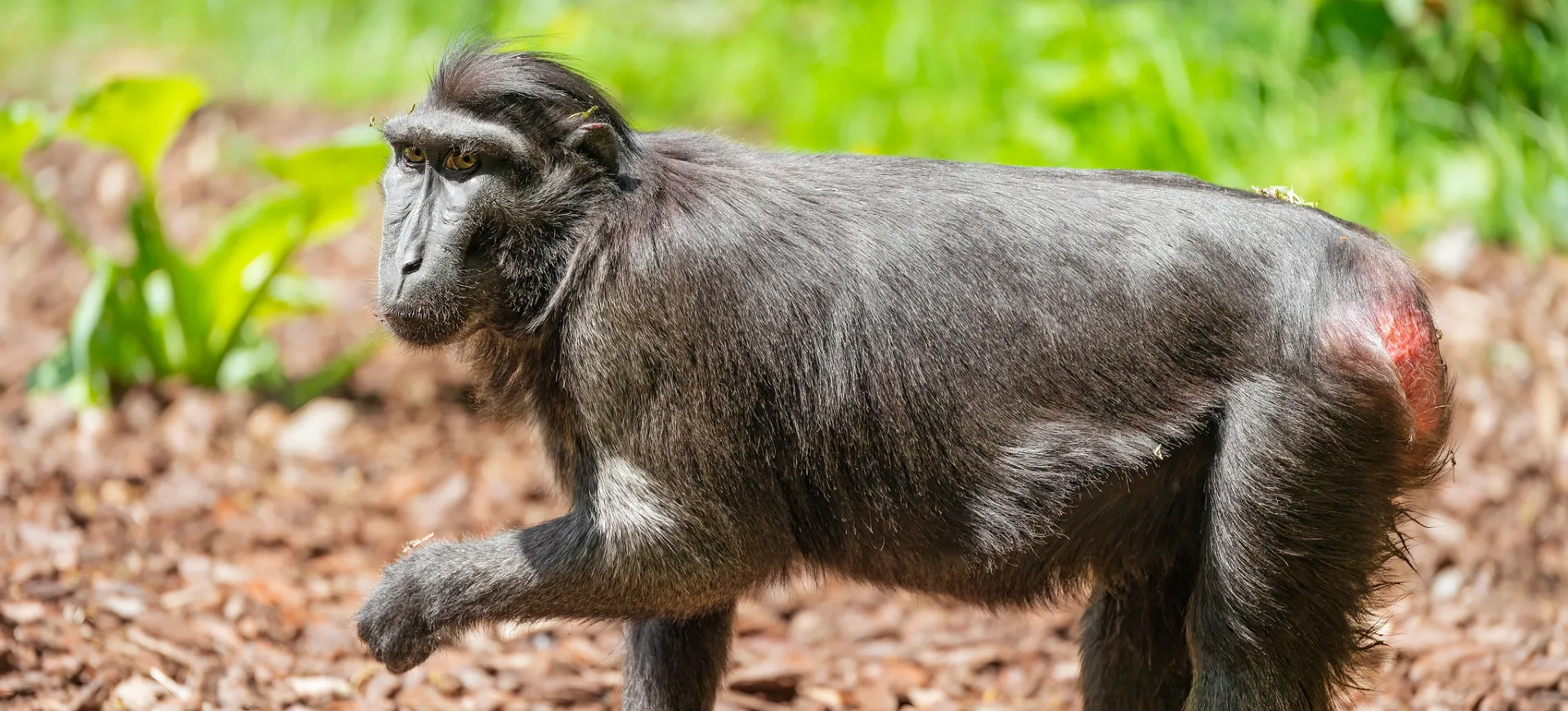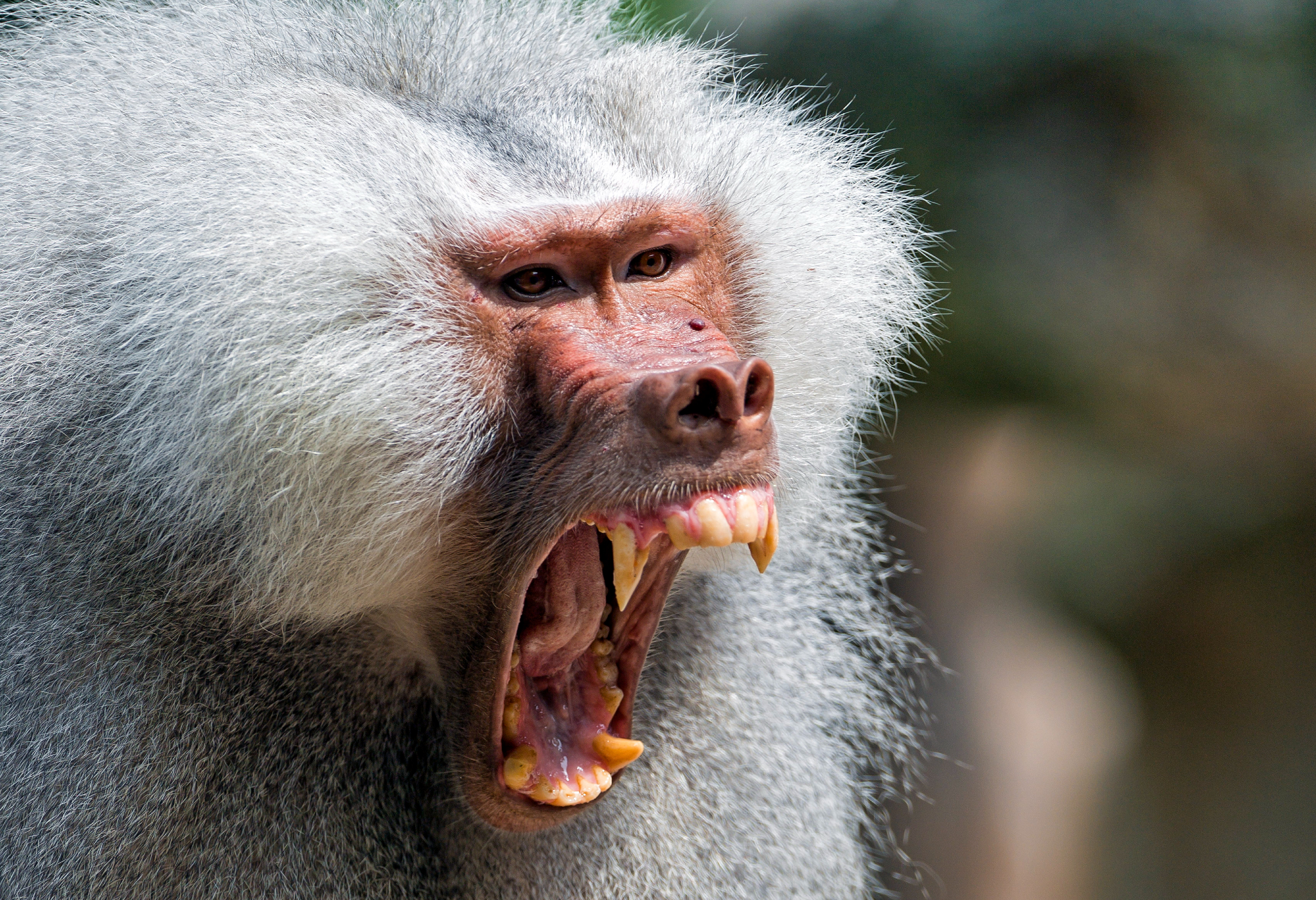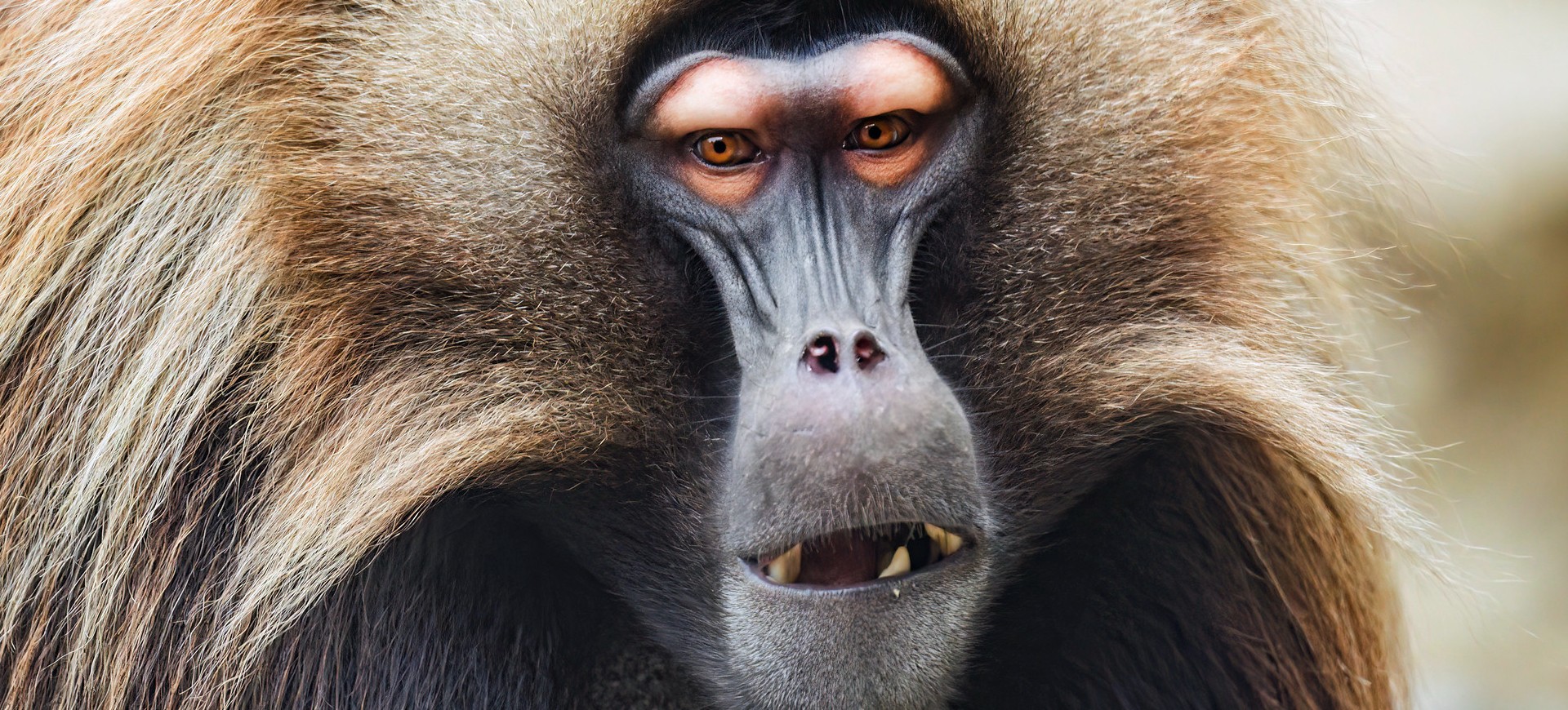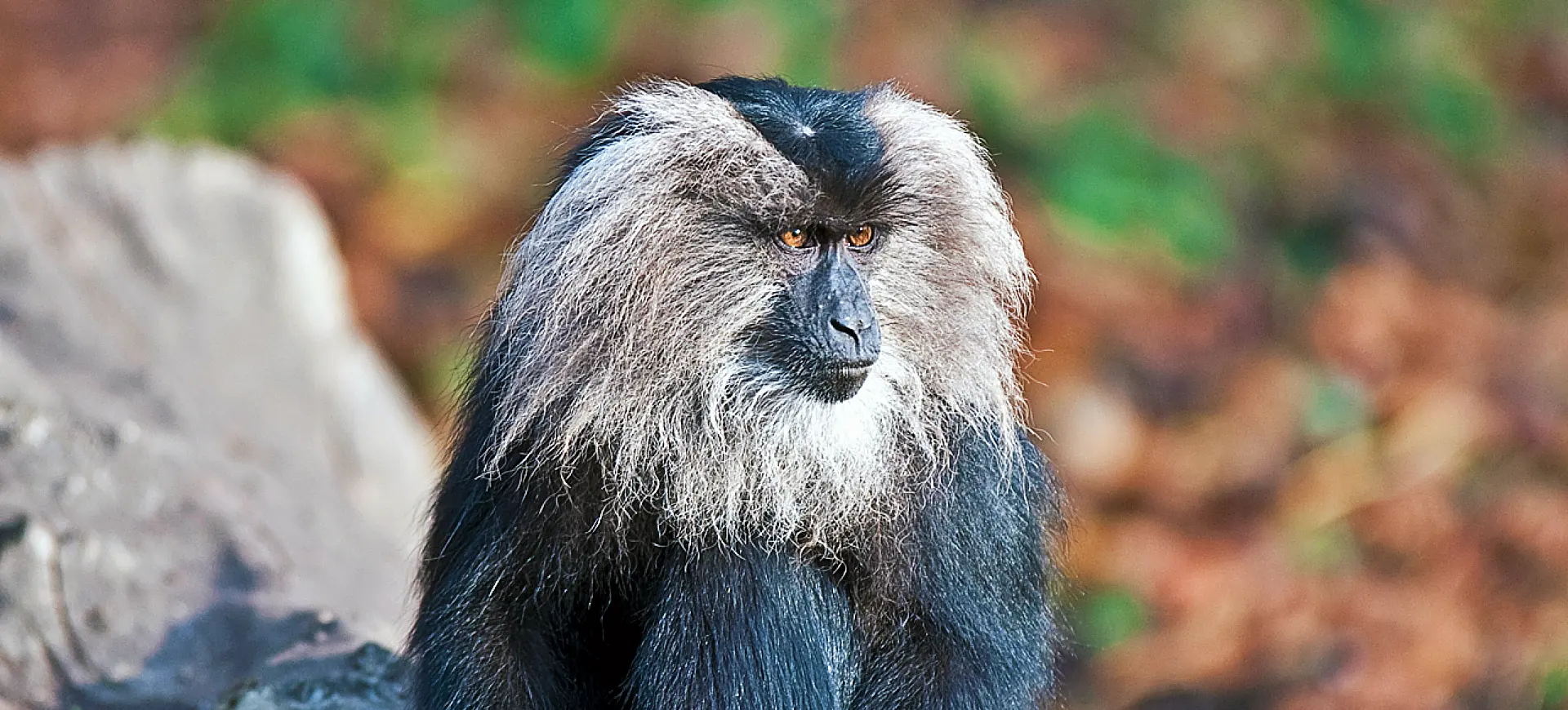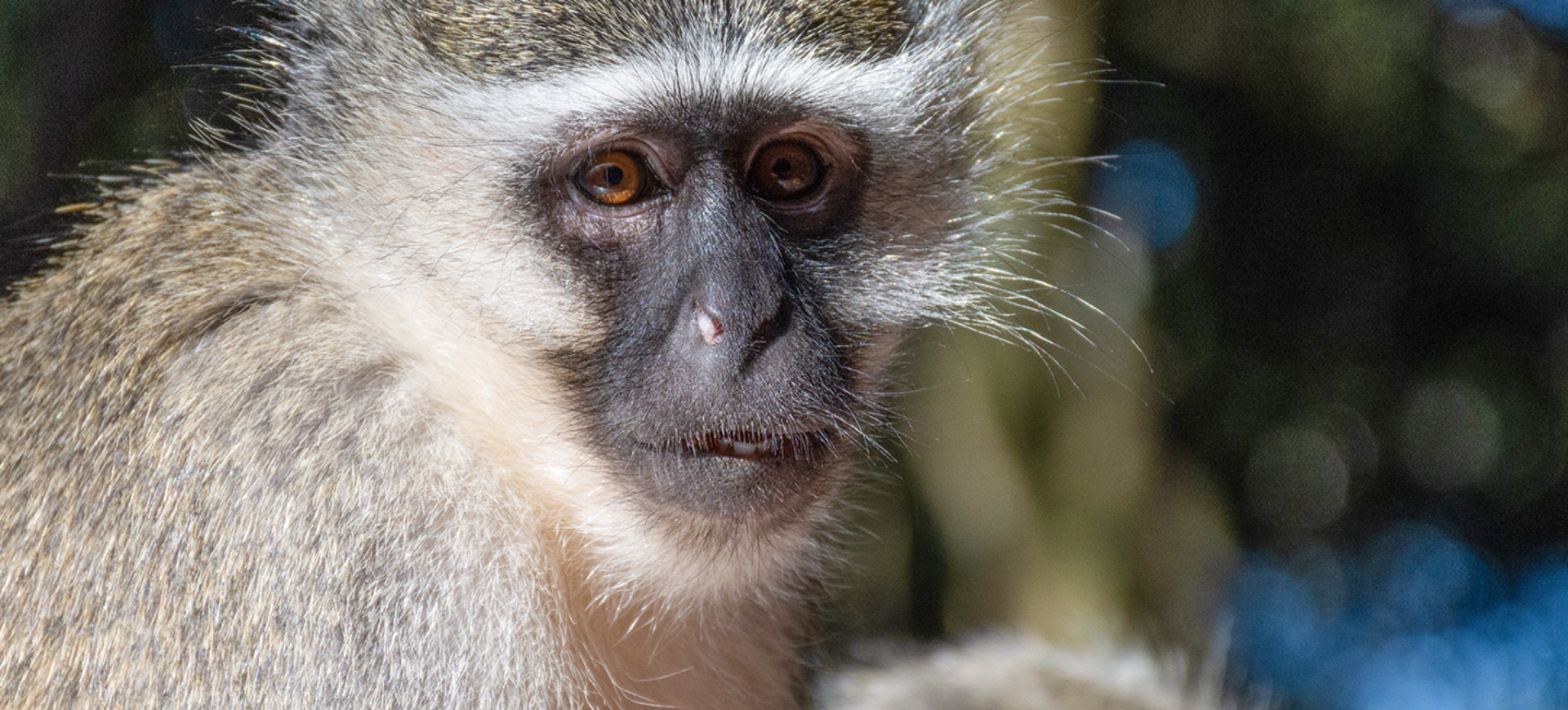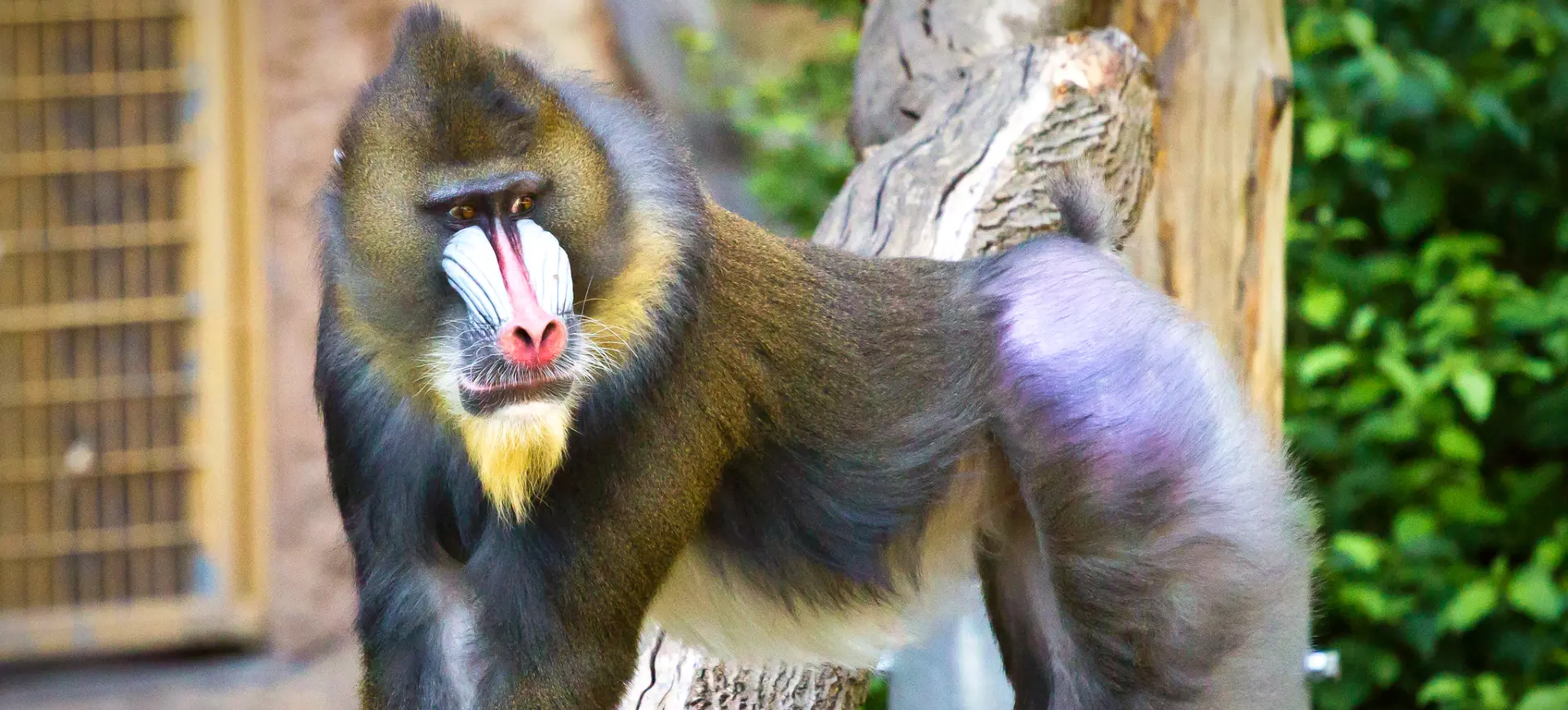Overview
The Japanese Macaque, also known as the Snow Monkey, is a primate species native to Japan. It is the most northern-living non-human primate, surviving in environments with snowfall and temperatures below freezing. The species is well-known for its behavior of bathing in hot springs during the winter months, a unique adaptation to its cold habitat.
The Japanese Macaque has a robust build and a short tail. Its fur color ranges from grey to brown, and it has a red face that is free of fur. The species exhibits sexual dimorphism, with males being larger and heavier than females. Socially, these macaques live in matrilineal societies, where females remain in their natal groups for life, while males disperse.
These macaques are highly intelligent and exhibit a range of complex behaviors, including tool use and cultural traditions. They are omnivorous, feeding on a variety of plant materials, fruits, and small animals. The species is of significant interest to researchers studying primate behavior, ecology, and physiology.
Taxonomy
Kingdom
Phylum
Class
Order
Family
Genus
Species
Sub Species
Type
Physical Description:
The Japanese Macaque has a sturdy build with a short tail that measures only about 10 cm. Its fur is dense and can range from grey to brown, providing insulation against the cold. The face is red and furless, which is one of its most distinguishing features. Males are generally larger than females, and both sexes have cheek pouches for storing food temporarily.
The species exhibits sexual dimorphism, with males being noticeably larger and heavier than females. The body is designed for quadrupedal locomotion, but they are also skilled climbers. Their hands are highly dexterous, allowing them to manipulate objects and use tools, a feature that has been the subject of various behavioral studies.

Lifespan: Wild: ~25 years || Captivity: ~30 years

Weight: Male: 25–30 lbs (11–14 kg) || Female: 18–24 lbs (8–11 kg)

Height: Male: 21–23 inches (53–58 cm) || Female: 19–21 inches (48–53 cm)

Top Speed: 25 mph (40 km/h)
Characteristic:
Native Habitat:
The Japanese Macaque is native to Japan and is found across various islands including Honshu, Shikoku, and Kyushu. They inhabit a range of environments from subtropical forests in the southern regions to subarctic forests in the northern areas. They are the most northern-living non-human primates and have adapted to cold climates, often experiencing snowfall.
Elevation also varies within their habitat, ranging from sea level to mountains. They are particularly known for inhabiting areas with hot springs, which they use for bathing, especially during the cold winter months. These hot springs are not only a source of warmth but also a social gathering point for these animals.
Climate Zones:
Biogeographical Realms:
Continents:
Countries:
Diet:
Diet & Feeding Habits:
The Japanese Macaque is an omnivore, consuming a varied diet that includes fruits, leaves, seeds, and small animals. They also eat bark, insects, and even soil on occasion. The macaques often forage in groups and have been observed using tools like sticks to extract insects from tree bark or to scoop up water.
Seasonal variations influence their diet significantly. During winter, when food is scarce, they rely more on bark and roots. In contrast, the summer months offer a more diverse range of food options, including fruits and invertebrates. They have cheek pouches that allow them to store food temporarily, enabling them to gather more food before returning to a safe location for consumption.
Mating Behavior:
Mating Description:
The Japanese Macaque has a polygynous mating system where dominant males have the opportunity to mate with multiple females. Mating usually occurs during the fall, and the males display various behaviors, including vocalizations and physical postures, to attract females. Dominant males often guard females to prevent other males from mating with them.
Females give birth after a gestation period of approximately 173 days, usually to a single offspring. The young are born well-developed and cling to their mothers for the first few weeks. Mothers are the primary caregivers, although other females in the group may also participate in alloparenting. Males do not participate in caregiving.
Reproduction Season:
Birth Type:
Pregnancy Duration:
Female Name:
Male Name:
Baby Name:
Social Structure Description:
The Japanese Macaque lives in matrilineal societies, where females remain in their natal groups for life, while males disperse to other groups. These groups can range from 20 to 100 individuals and are led by an alpha male. The social structure is complex, with hierarchies that are maintained through grooming, vocalizations, and other social behaviors.
Outside the mating season, the social structure is more relaxed, and the macaques may form larger aggregations, especially near food sources or hot springs. Communication is facilitated through a variety of vocalizations, including grunts, screams, and coos. Social bonds are strong, particularly among females, who engage in mutual grooming and care for each other’s offspring.
Groups:
Conservation Status:
Population Trend:
The Japanese Macaque is listed as Least Concern by the IUCN, with a stable population trend. They are relatively abundant in Japan, especially in protected areas and national parks. However, they face challenges from habitat fragmentation and occasional culling due to conflicts with agricultural activities.
Conservation measures include habitat preservation and the establishment of protected areas. Eco-tourism, focused on macaque populations in hot springs, also contributes to conservation efforts by raising awareness. Despite these measures, human-wildlife conflict remains a concern, particularly in areas where macaques raid agricultural fields.
Population Threats:
The primary threats to the Japanese Macaque population include habitat loss and fragmentation, often due to agricultural expansion and human settlements. In some areas, they are considered pests and are culled to protect crops. Road accidents and conflicts with humans also pose risks to these animals.
Despite these challenges, the species has shown adaptability, often thriving in modified habitats. However, they are susceptible to diseases that can be transmitted from humans to animals, including tuberculosis and influenza. Conservation efforts are focused on habitat preservation and mitigating human-wildlife conflict.
Conservation Efforts:
The Japanese Macaque is legally protected in many parts of its range. Hunting and trade of the species are prohibited, and violators face legal repercussions. Conservation efforts are primarily focused on habitat preservation and the establishment of protected areas where the species can thrive.
Public awareness campaigns aim to educate people about the ecological importance of the Japanese Macaque and the need for its conservation. These efforts are complemented by research aimed at understanding the species’ ecology, behavior, and population dynamics, which informs ongoing and future conservation strategies.
Additional Resources:
Fun Facts
- The Japanese Macaque is the most northern-living non-human primate.
- They are known for bathing in hot springs during winter.
- The species exhibits tool use, including using sticks to extract insects.
- They have cheek pouches for temporary food storage.
- Males are larger and heavier than females.
- They live in matrilineal societies.
- The species is highly vocal, with a range of calls for different situations.
- They are the subject of extensive behavioral and ecological research.
- The Japanese Macaque can swim and is often seen playing in the water.
- They have a polygynous mating system, where dominant males mate with multiple females.





